Foxes are the most common animals at first glance. They have occupied almost all natural zones. They can easily be found in forests, steppes, mountains, and deserts. They are considered very beautiful, which is why poems, fairy tales, and paintings are dedicated to them.
This animal often appears in our folk tales. Foxes are always portrayed as cunning, clever, and resourceful. They can be both positive and negative characters.
In stories, they are ready to deceive, gain an advantage at any cost, or help a comrade. But how true is this? What does the modern person really know about these animals?
In this article, we will look at 10 interesting facts about foxes.
1. Demons of Fire in Ancient China
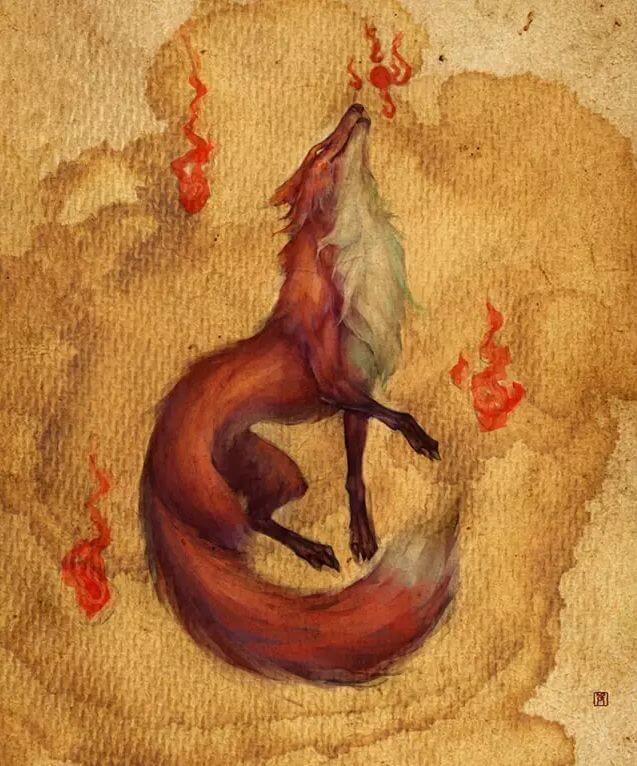
Foxes used to suffer a lot from people’s beliefs. In Chinese mythology, they have a special place. This animal was portrayed as a bad omen.
It was a creature associated with an unclean power. It was believed that fire was contained in its tail. As soon as the animal struck the ground with it, everything around it ignited. People believed that it could take on the form of any person only for one purpose – to deceive them.
But not only in China were they revered as “fire demons”. Foxes had the same reputation in Ancient Rome. Here, too, the animal was associated with treachery and cunning.
During the festival in honor of the goddess Ceres, the Romans tied a burning torch to the tail of foxes and made them run through the fields, considering this “ritual” as protection against fires in the fields.
2. Many similarities with domestic cats
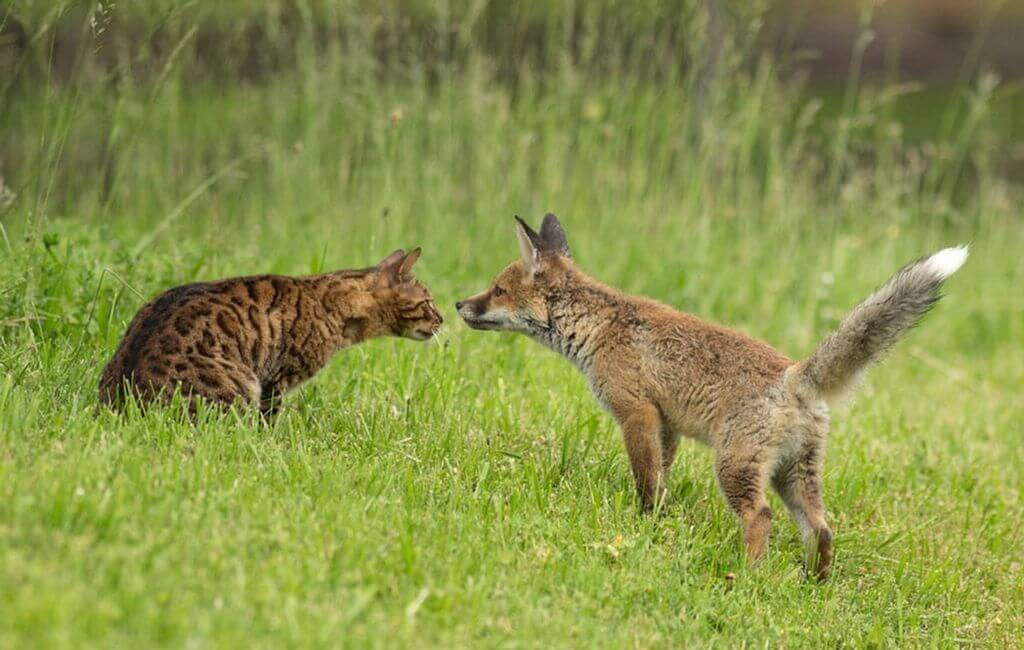
In recent times, a variety of pets have been appearing in people’s homes more and more often. Foxes are no exception. They behave very similarly to domestic cats.
They must be trained, otherwise the animal can cause harm not only to furniture, but also to the owner. However, they are easily trainable. They are very friendly in domestic conditions.
They will play with their owners, just like cats. But it is important not to forget that since the animal is wild by nature, it needs specific care.
3. Professionally confuses the tracks

And here is another proof of cunning. In all the time that this species has existed, foxes have learned to perfectly save their lives, escape from pursuit, and confuse tracks. This is one of the most necessary skills for survival.
When a fox is being chased, it switches from its usual leisurely trot to a faster run. It often moves with large swift jumps to avoid leaving a trail on the ground. This throws off hunters.
Constant changes in direction, sharp turns, and unexpected decisions – all of this describes the clever animal’s actions during the rescue of its life.
4. Curious way to fight fleas
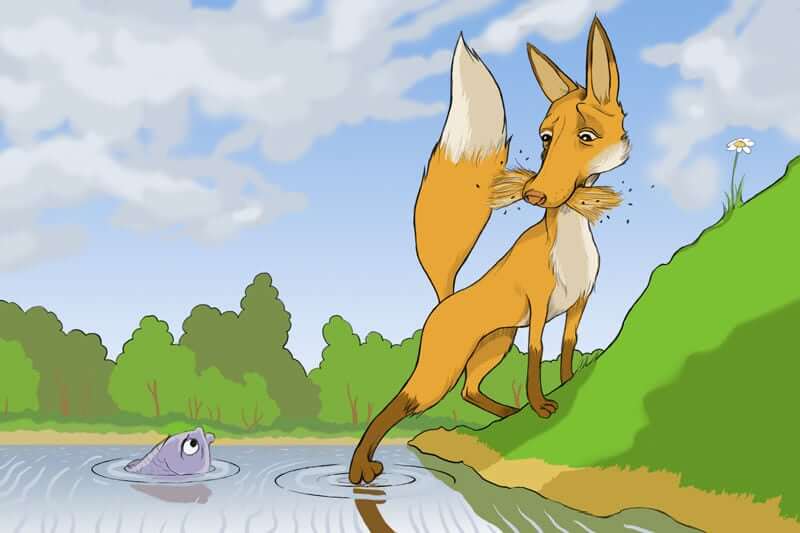
Foxes suffer from fleas just like other animals. But these cunning creatures have learned how to deal with them. They take hay in their teeth and then go to the nearest body of water. There, slowly backing up, they gradually immerse themselves in the water.
The fleas jump to drier places, eventually ending up on the hay that the fox holds in its teeth. When most of the fleas leave the animal in peace, the fox simply throws the hay into the water and calmly walks away.
While dogs prefer to bite small insects one by one, foxes have found a way to get rid of almost all of them at once.
5. Drops hedgehogs into the water so that they open up
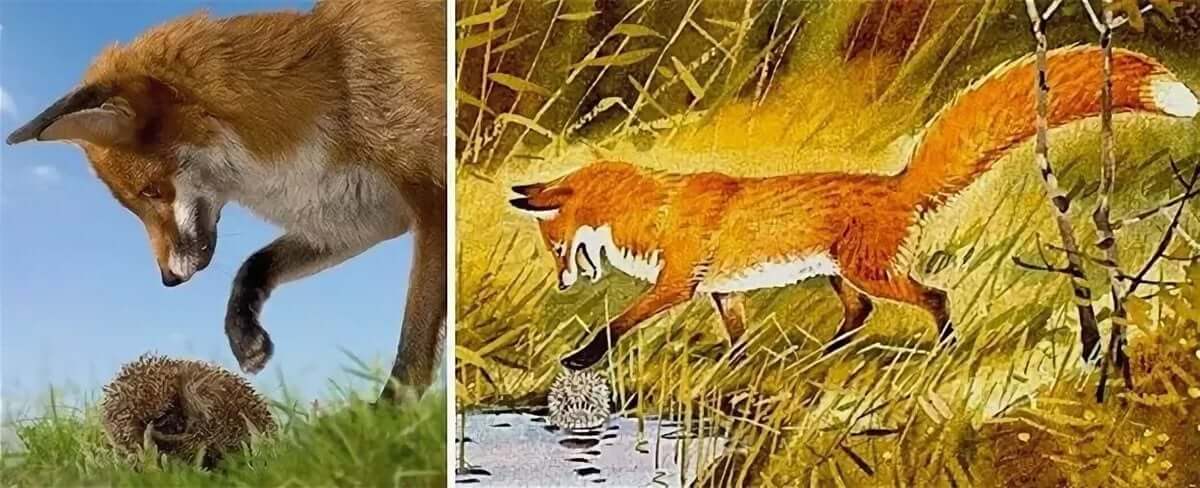
Foxes truly differ in cunning and resourcefulness. There are not many animals in nature that pose a threat to hedgehogs. However, foxes manage to overcome the obstacle in the form of needles. They have figured out how to drop hedgehogs into the water.
As soon as the cunning one finds its future meal, it starts rolling it towards the nearest body of water. There, the hedgehog instinctively opens up, its needles get wet, and nothing else can prevent the fox from having a snack.
However, it is believed that hedgehogs smell very bad, so foxes only eat them when they are hungry.
6. Single animal

Usually foxes live alone. They form pairs for one season during the mating period. They produce and then teach their offspring together, and then scatter. The rest of the year they hunt and survive on their own.
The only exception is corsacs and fennecs. The former form permanent pairs and no longer change their partners. And the latter live in communities permanently. Usually, such “packs” consist of more than ten individuals.
7. The tail helps to keep warm in winter and maintain balance

The tail for a fox is not only a source of pride. It carries a very important function – it helps the animal survive.
During fast running, when foxes reach high speeds, it serves as a kind of balance and helps them maintain equilibrium.
Moreover, with its help, this cunning animal can turn very quickly. During pursuit and threat to their lives, they simply sharply turn their tail at a right angle, and by doing so, they quickly turn themselves. The tail can store reserves for the most severe case of hunger. Animals use it to cover themselves and their offspring in the cold.
Interesting fact: a fox’s tail smells like violets! There is a gland there that produces a floral scent. Therefore, the phrase “covering tracks” takes on a slightly different meaning, as foxes hide not only paw prints on the ground but also conceal their scent.
8. The smallest variety is the fennec
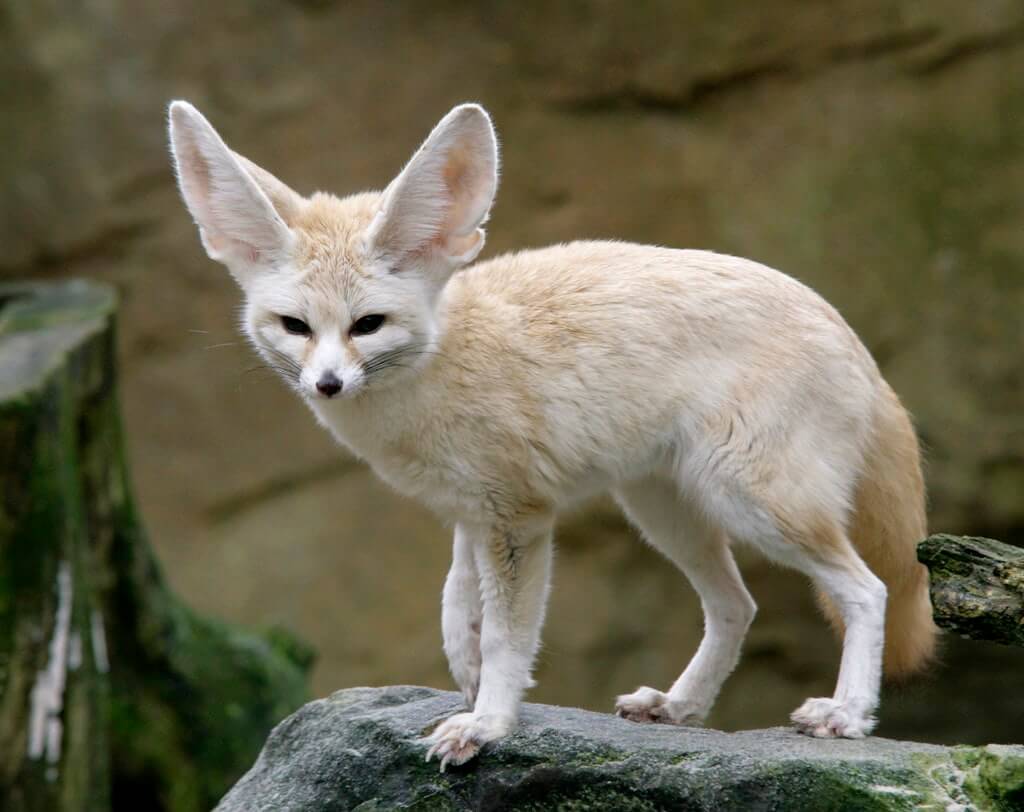
This species is considered the smallest among all foxes. The size of the body does not exceed 40 centimeters, although if measured with the tail, it can reach up to 80 centimeters.
The fennec fox lives in the desert, in dry and hot areas. They have adapted well to live in northern Africa. For example, their paws are covered with very thick fur, so they simply do not feel the scorching sand of the deserts and semi-deserts. They have very large ears, which makes them look cute, but not like predators.
However, this is not only to hear any movement in the sand. The large ears promote blood circulation in the body, allowing the fennec fox to cool down faster. And this species was named so because it means “fox” in Arabic.
9. In Russia, there are 3 species

Despite the large variety of species in Russia, the first and most common is the red fox. This includes about 50 subspecies, but these are details. It looks like it is depicted in fairy tales: fur of all shades of red, a white tip of the tail, and the underside is either black or white.
The second species is the corsac fox. It can be found in the Southeast of the country. It resembles a common fox, only smaller in size. Usually, its fur is brownish-gray, and the main difference from others is very wide and noticeable cheekbones.
The third species is considered the Arctic fox, although there is still no exact decision about it. They live in the polar zone, so they have amazing resistance to cold.
10. There are 10 species of foxes
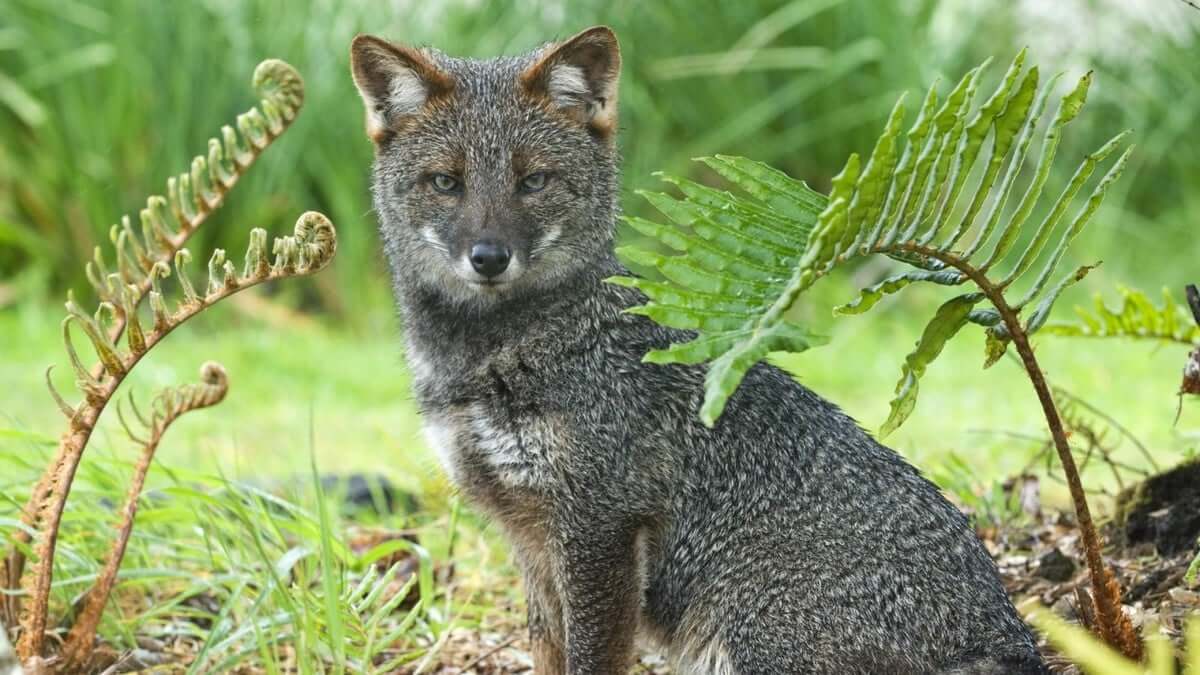
The “Fox” is a general name for the genus. Currently, there are 10 species belonging to this subfamily of wolves. There is no clear structure in the classification, some species are excluded, some are added.
For example, the question remains about the fox and the Arctic fox. Officially, they do not belong to any genus, they stand separately because scientists have not yet come to a definite decision.
Interesting fact: the maned wolf, which due to its appearance should be related to this genus, does not belong to foxes at all. This is a relic species that has survived the extinction of most of its environment.
